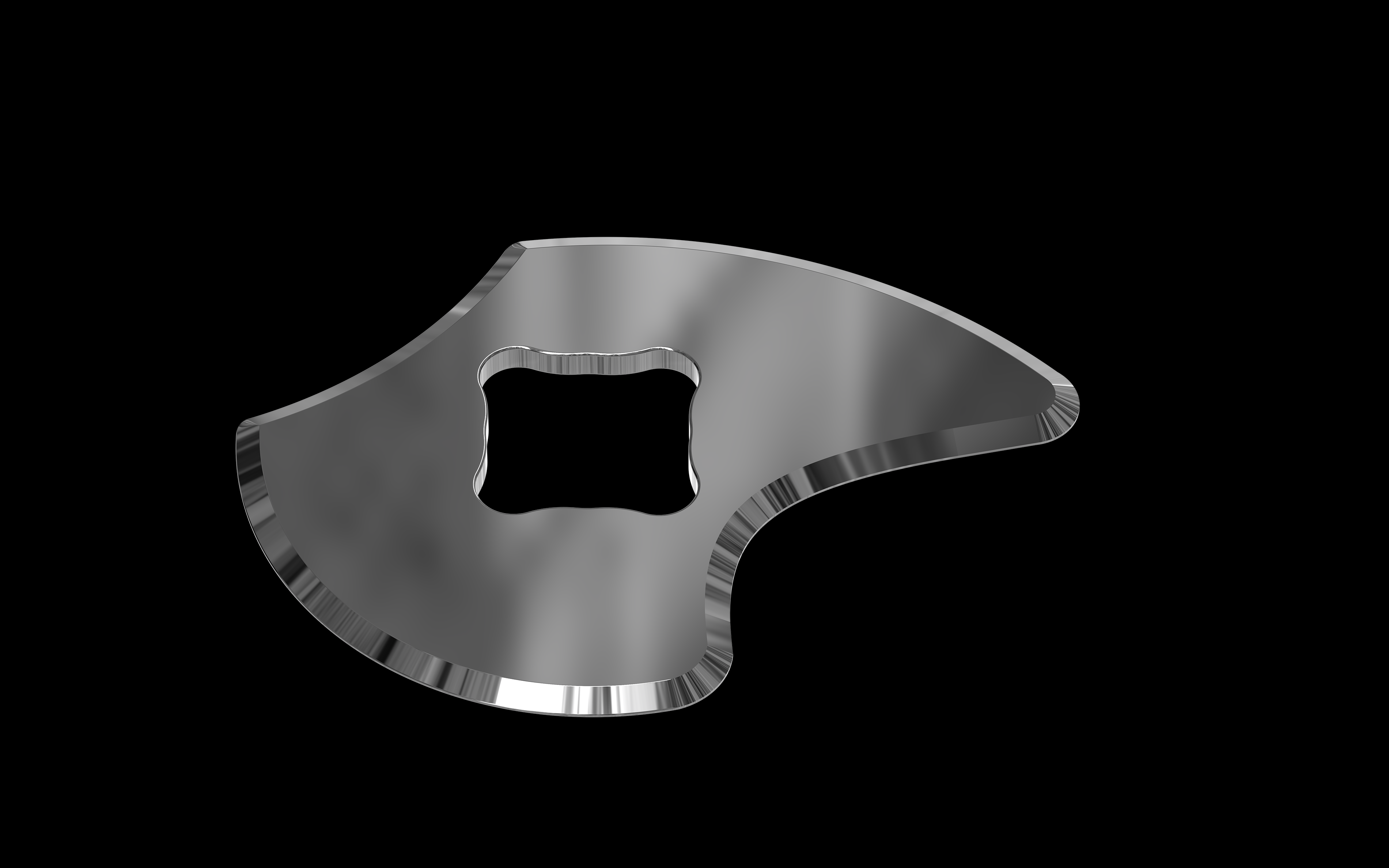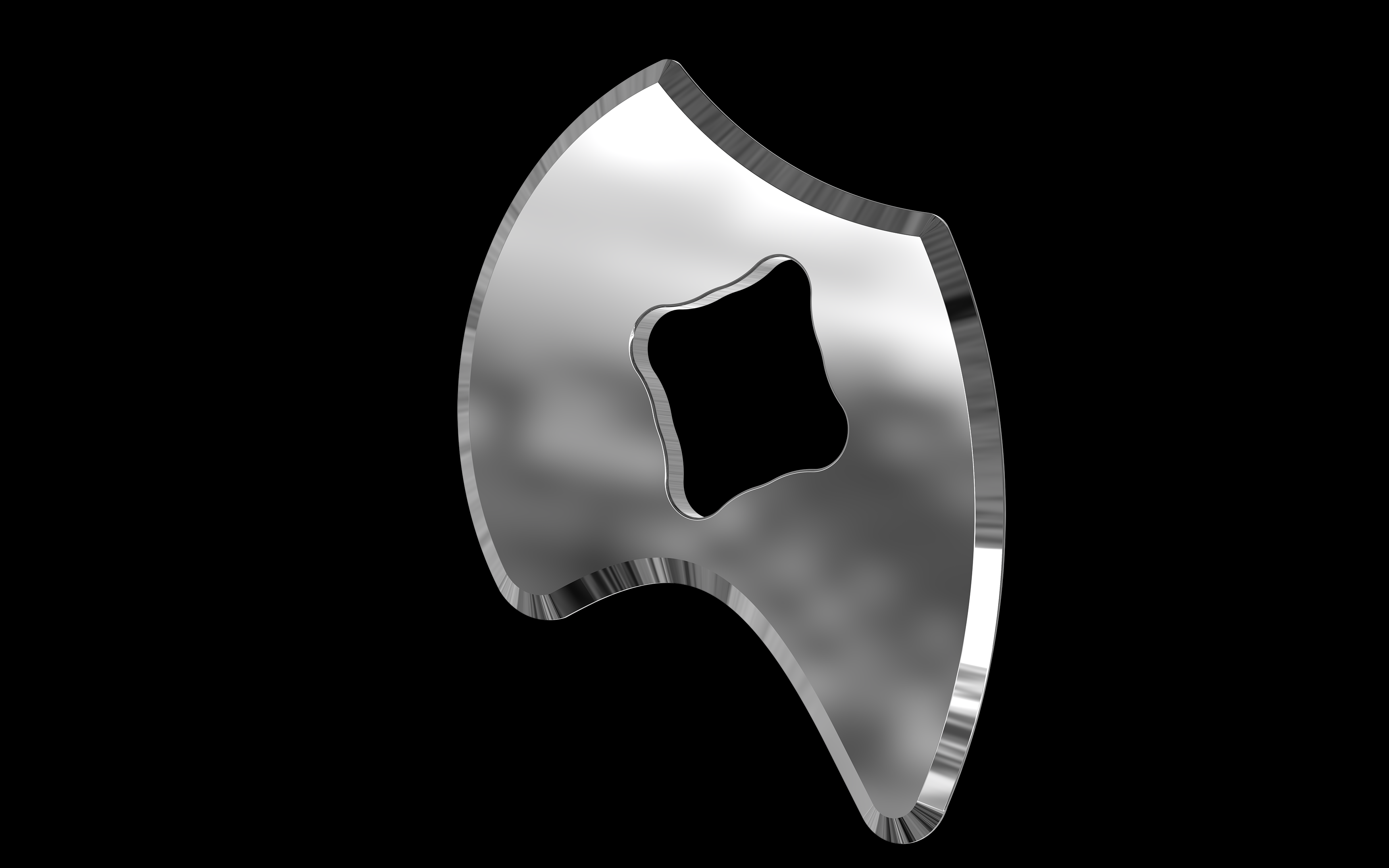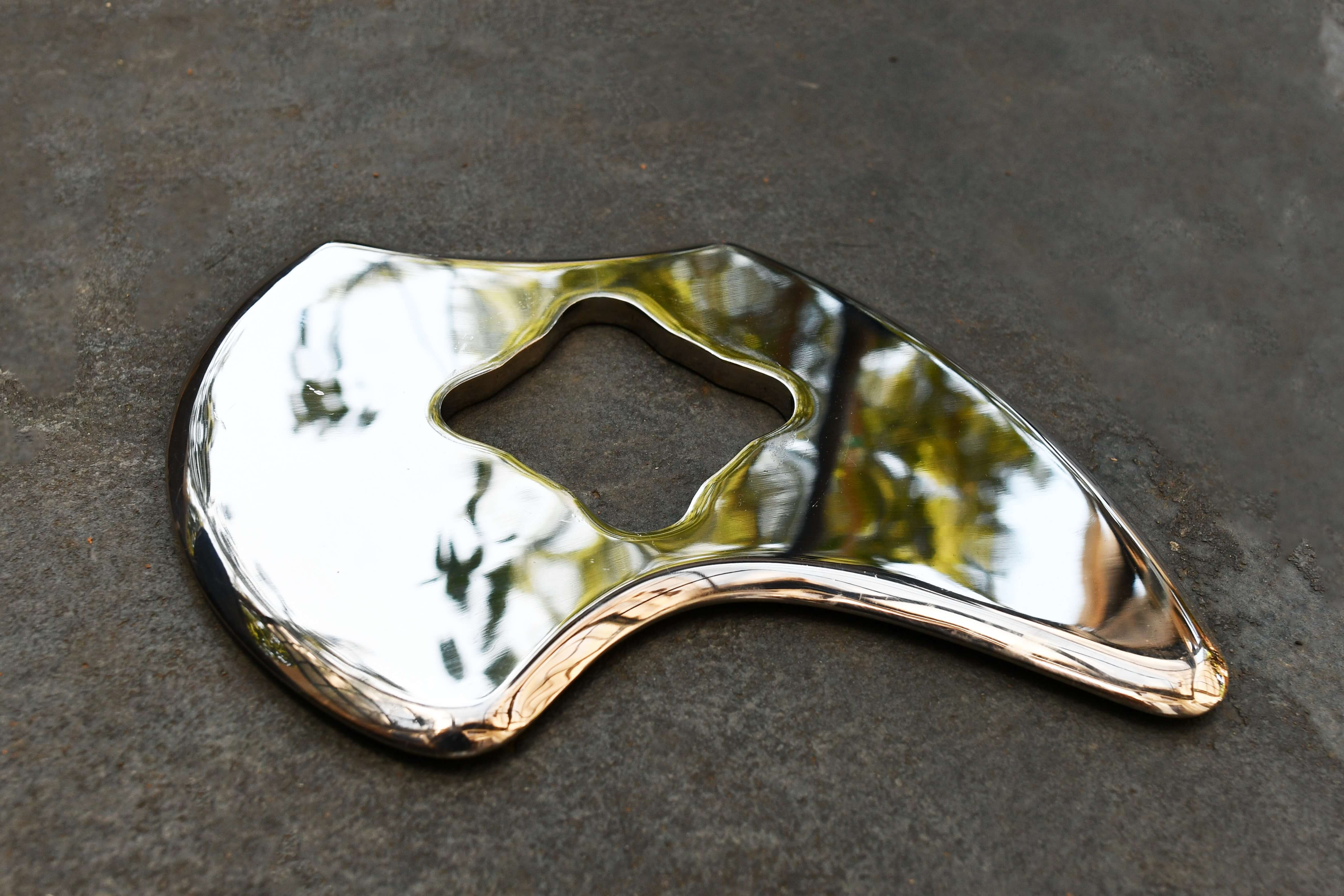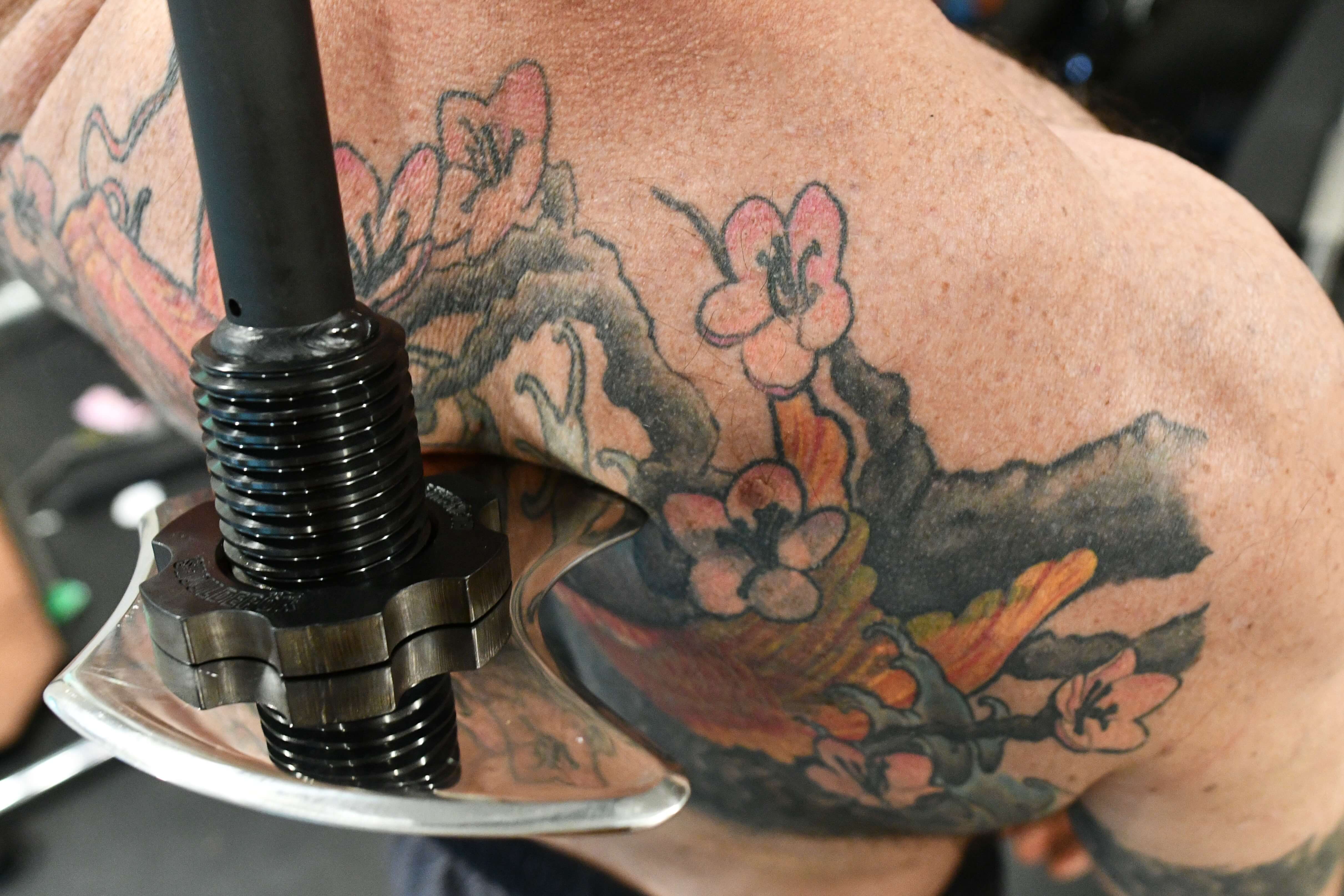

CLOSE OUT UNITS ARE IN VERY LIMITED QUANTITIES, AVAILABLE "FIRST COME FIRST SERVED" AND WILL BEGIN SHIPPING END OF FEBRUARY. PRICES DO NOT INCLUDE SHIPPING CHARGES AND SUBJECT TO APPLICABLE TAXES. ALL CLOSE OUT ITEMS ARE DISCONTINUED DESIGNS AND OR SLIGHTLY IMPERFECT ITEMS AND ARE ALL FINAL SALES
Product Features
Product Dimensions
Product Education
AS SEEN ON
If you have any questions, you are always welcome to contact us. We'll get back to you as soon as possible, within 24 hours on weekdays.
Shipping Information
Use this text to answer questions in as much detail as possible for your customers.
Customer Support
Use this text to answer questions in as much detail as possible for your customers.
FAQ’s
Use this text to answer questions in as much detail as possible for your customers.
Contact Us
Use this text to answer questions in as much detail as possible for your customers.

Enhanced Healing Response
Myorok Techniques stimulate blood flow and inflammatory response, promoting healing by breaking down fibrotic tissue and increasing mobility.

Effective for Multiple Conditions
Especially helpful for chronic pain conditions like plantar fasciitis, tennis elbow, and rotator cuff injuries, reducing overall treatment time and minimising the need for anti-inflammatory medications.

Targeted Pressure Application
Its grip and leverage design enable precise, focused pressure on specific muscle groups, facilitating effective self-myofascial release and deep tissue massage.
Meet Kabuki Power Forge®
The advanced technology behind the BBOE(Best Bars on Earth).
FAQs
Please read our FAQs page to find out more.
What’s the difference between the Made in Oregon & the Made in Ohio bars?
The Transformer Bar [Made in Ohio - Rogue] variant is manufactured and shipped by our partner Rogue Fitness from their Ohio facility. The bar is functionally identical (and features the same Kabuki Strength branding) to the Kabuki-manufactured Made in Oregon variant with the following differences:
- Matte Black Finish (vs. a slightly glossier BK-08 powdercoat)
- Detent Locking Pin to attach sleeve to bracket (vs. secure twist-lock mechanism)
- Laser-cut labels and markings (vs. polyurethane color labels)
- Optional shorter handles
- Flat profile pull-pin
Who should use the Transformer Bar?
Everyone, including competitive powerlifters outside a narrow competition prep window. The Transformer Bar is especially popular with athletic populations, mobility-restricted individuals, and beginners wanting to learn to squat correctly.
Why is it easier to squat and/or learn to squat with the Transformer Bar?
Much in the same way it’s easier to teach a beginner to squat with a kettlebell goblet squat vs. a straight bar back squat, the Transformer Bar allows for better positioning and loading especially for untrained or mobility-restricted populations, without the limited weight restrictions of a front-loaded goblet squat.
Why are the handles on the Transformer Bar so much longer than other safety squat bars?
Longer handles improve a lifter's ability to maintain a stacked, neutral spine and optimally create intra-abdominal pressure.
What’s the best setting for a beginner to use when learning how to squat correctly?
We’ve found that Front Squat - 2 or SSB - 2 is the easiest position to start with - allowing for immediate improvements in squat mechanics while maintaining the feel of a traditional straight barbell squat.
What is the bar’s weight rating?
The bar has been tested and is regularly used by some elite lifters with over 1000lbs of load. No one had lifted it yet, but it has been tested with 1,200lbs of load. The Transformer Bar is an American-made, purpose-built, high quality bar and is able to handle serious weights. Happy squatting!
Can the Transformer Bar be stored in a vertical weight holder?
Absolutely! The Transformer Bar can be stored vertically or horizontally.
Like other safety squat bars, can this stay on your shoulders even without holding onto the handles? For instance - for single leg work while holding onto a bar in front for stability.
The ability of the bar to balance on your shoulders without hands on the handles depends on the setting used. Certain settings require the lifter to hold onto the handles, particularly those where the weight's center of gravity is shifted posteriorly.
Does the Transformer Bar fit in a regular rack?
Yes, the Transformer Bar can be racked on any rack with a minimum width of 52”.
What is the difference between the Transformer Bar and a safety squat bar?
The SSB position is one of numerous positions available on the Transformer Bar thanks to its patented adjustment mechanism that allows you to adjust both camber angle and height. This functionality makes the Transformer Bar the most versatile squat bar available on the market, giving athletes and lifters unparalleled versatility in choosing the appropriate position - whether you want to replicate traditional straight bar front or back (low and high bar) squats, or play around with different variations including hinge, SSB, or goblet squats at varying levels of difficulty.









